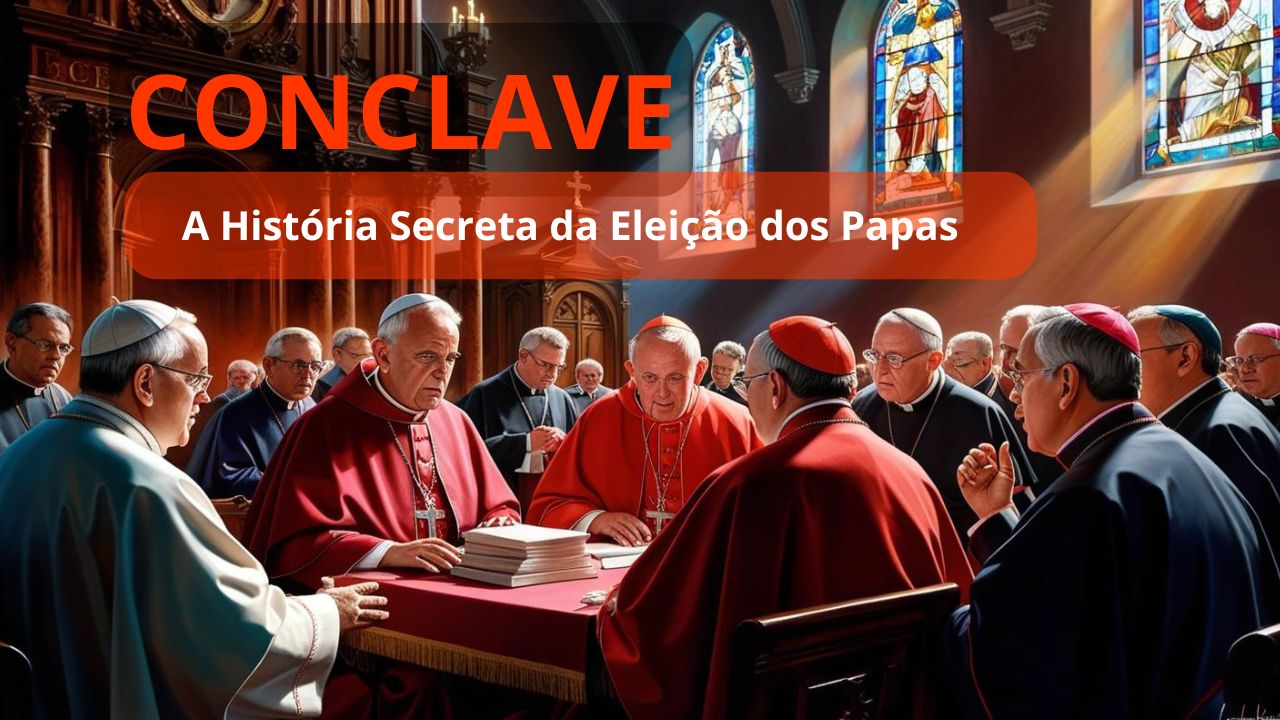🕊️ Introduction: The Mystery of the White SmokeImagine thousands gathered in St. Peter’s Square, eyes fixed on a chimney atop the Sistine Chapel. Suddenly, white smoke billows into the sky, signaling to the world: Habemus Papam!—We have a Pope! But what unfolds behind those closed doors? How is the spiritual leader of over a billion Catholics chosen?
📜 Part 1: Origins of the Conclave
Early Church and Initial Elections
In the early centuries of Christianity, the Bishop of Rome, later known as the Pope, was elected by the clergy and laity of the city. As the Church’s influence expanded, so did political interference, leading to prolonged vacancies and contested elections.
The Viterbo Conclave (1268–1271)
The death of Pope Clement IV in 1268 led to the longest papal election in history, lasting nearly three years. The 18 cardinals convened in Viterbo were deadlocked. Frustrated, the townspeople locked them in the Palazzo dei Papi, reduced their rations to bread and water, and even removed the palace roof to hasten a decision. This extreme seclusion led to the election of Pope Gregory X and the term “conclave,” from the Latin cum clave, meaning “with a key.”
Ubi Periculum (1274)
To prevent future delays, Pope Gregory X issued the papal bull Ubi Periculum during the Second Council of Lyon. This decree established strict protocols: cardinals were to be secluded without external communication, and their living conditions would deteriorate progressively if a decision wasn’t reached promptly. These measures aimed to expedite the election process and reduce external influences.
🏰 Part 2: Evolution and Challenges Through the Ages
The Western Schism (1378–1417)
The conclave of 1378 resulted in the election of Pope Urban VI. However, dissenting cardinals later elected a rival pope, leading to the Western Schism, where multiple claimants to the papacy existed simultaneously. This division lasted nearly four decades, highlighting the need for clearer electoral procedures.
Reforms and Centralization
Over the centuries, various popes refined conclave procedures. Pope Pius X abolished the secular veto in 1904, which had allowed monarchs to influence papal elections. In 1996, Pope John Paul II introduced Universi Dominici Gregis, modernizing conclave regulations to reflect contemporary challenges while preserving tradition.
🎨 Part 3: The Modern Conclave Ritual
Preparations and Seclusion
Upon a pope’s death or resignation, the College of Cardinals gathers in the Vatican. After a period of mourning, they enter the conclave, held in the Sistine Chapel. Cardinals are isolated from the outside world, surrendering electronic devices and communicating solely through designated channels. Measures like signal jammers and surveillance ensure confidentiality.
Voting Process
Each cardinal writes the name of his chosen candidate on a ballot inscribed with “Eligo in Summum Pontificem” (“I elect as Supreme Pontiff”). Ballots are collected and counted. A two-thirds majority is required for election. Up to four voting sessions occur daily until a new pope is chosen.
Smoke Signals and Announcement
After each voting round, ballots are burned. Chemicals are added to produce black smoke if no decision is reached or white smoke upon a successful election. The appearance of white smoke, accompanied by the ringing of St. Peter’s Basilica bells, signals the election of a new pope. The senior cardinal deacon then announces: Habemus Papam!
🌍 Part 4: Notable Conclaves in Recent History
1978: The Year of Three Popes
In 1978, Pope Paul VI passed away, leading to the election of Pope John Paul I. His sudden death after 33 days prompted a second conclave, resulting in the election of Pope John Paul II, the first non-Italian pope in over four centuries.
2013: Pope Francis
Following Pope Benedict XVI’s resignation, the 2013 conclave elected Cardinal Jorge Mario Bergoglio as Pope Francis, the first Jesuit and South American pope. His papacy emphasized humility, social justice, and interfaith dialogue.
2025: Pope Leo XIV
In May 2025, after Pope Francis’s passing, the conclave elected Cardinal Robert Prevost as Pope Leo XIV, marking the first American-born pope. His election, achieved after four ballots over two days, was seen as a unifying choice between progressive and conservative factions within the Church.
🤝 Interactive Conclusion: Share Your Thoughts
The conclave is a blend of ancient tradition and modern necessity, ensuring the continuity of the Catholic Church’s leadership. What are your thoughts on this secretive process?
Did any aspect of the conclave surprise you?
Do you believe the process should be more transparent?
What qualities do you think are essential in a modern pope?
Share your insights in the comments below. If you found this video informative, please like, subscribe, and stay tuned for more explorations into the rich history of the Church.
📚 Further Reading
For those interested in a fictional yet insightful look into the conclave process, consider reading “Conclave” by Robert Harris, a novel that delves into the intrigue and politics of a papal election.
